Card skimming remains a prevalent threat, silently compromising the security of financial transactions. Safeguarding sensitive information begins with recognizing the subtle signs of tampered devices. It provides you with mental peace while using ATMs and other payment methods on a regular basis.
Inspect the Card Reader
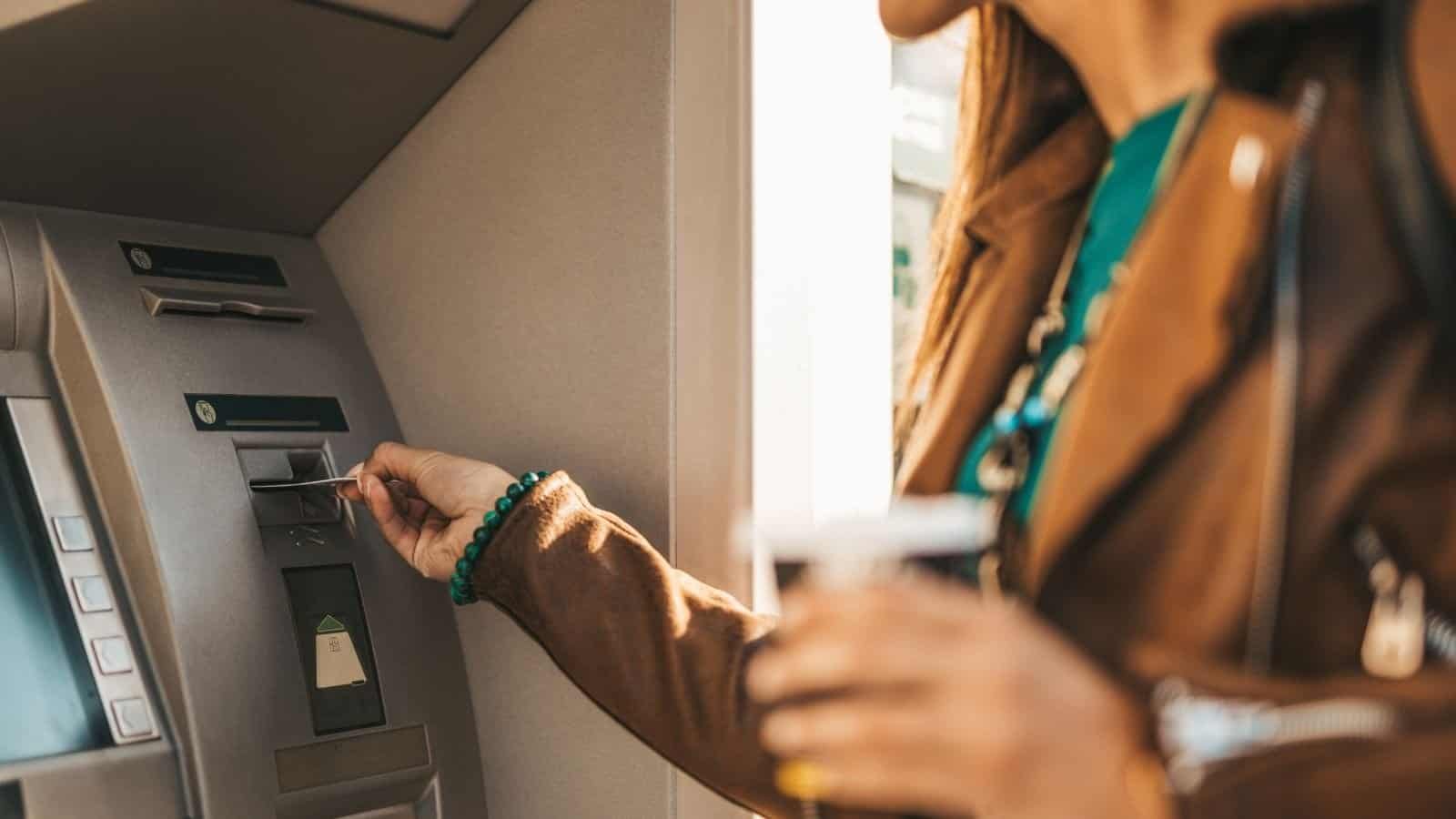
Over 315,000 cards were affected because of card skimming in 2023. Carefully examine the card reader for signs of tampering. Look for misaligned components or unusual attachments. Genuine readers have smooth, seamless surfaces without protrusions. Skimmers usually seem clunky or out of place. That is why it is crucial to compare the device to others nearby if possible. Scratches or adhesive residue may indicate recent modifications in the device.
Check for Tampered Security Seals

Examine the machine for broken or altered seals. These tamper-evident stickers are placed on access panels and joints, Intact seals suggest the machine has not been opened recently. Look for signs of peeling, re-application, or mismatched serial numbers. Some criminals replace official seals with counterfeit versions. This has resulted in 65% of American citizens becoming victims of skimming. Familiarize yourself with legitimate seal designs for your bank and report suspicious seals immediately.
Wiggle the Card Slot

Gently attempt to move the card slot. Over 60% of skimmers could be detected by simple physical inspection. Legitimate readers are securely attached and would not budge. Skimmers are often loosely fitted over the original slot. Any movement or looseness is a red flag. Pay attention to unusual sounds when inserting your card. Rattling or clicking noises may indicate hidden devices. If the slot feels different from usual, consider using another machine.
Examine the PIN Pad

Inspect the keypad closely for any irregularities. Genuine PIN pads have a uniform appearance and feel. Look for misaligned or raised keys that might conceal a recording device. Check for unusual overlays or films on the keypad surface. These can hide cameras or pressure-sensitive membranes. Compare the keys bad to those on nearby machines if possible. Be cautious of keypads that feel spongy or resistant when pressed.
Look for Unfamiliar Devices
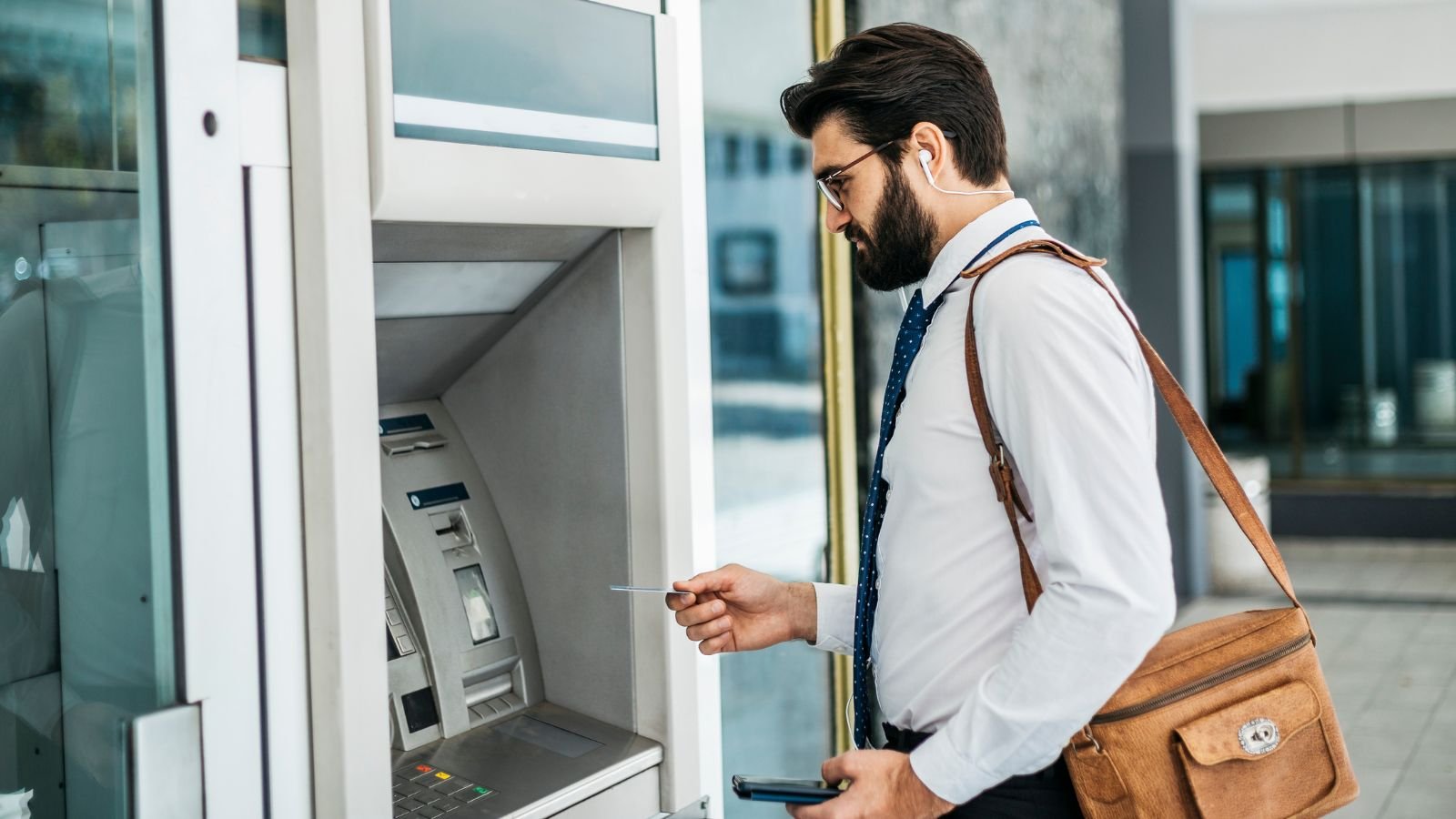
Stay alert for any unusual equipment attached to or near the machine. Criminals sometimes install false panels or card readers. These may contain cameras or data capture devices. Watch out for additional antennae, loose cables, or unknown holes. Check for any devices that seem out of place or newly added. The US Secret Service dismantles hundreds of card skimming cases every year. If something seems wrong, follow your gut and choose a different ATM. Report any concerns to the bank or machine operator.
Monitor Your Account Regularly

Examine your transaction history along with bank statements regularly to look for any unusual behavior. Card skimmers result in the loss of $1 billion every year. Make sure you enable notifications when there are significant withdrawals or old spending activities from your account. Many banks have real-time notifications for all transactions. Promptly report any unrecognized charges to your financial institution. Quick action can limit financial damage and help cash perpetrators. Consider using a separate account with limited funds for ATM withdrawals as an extra precaution.
Check for Bluetooth Signals

Before using any ATM, check for unexpected Bluetooth signals in the vicinity. Many skimmers transmit stolen data via Bluetooth to nearby receivers. Use a smartphone app designed to detect Bluetooth devices. Look for any unfamiliar or suspiciously named devices in range. Be cautious if multiple unknown Bluetooth signals are present near the ATM. While not foolproof, this method can reveal some types of modern skimming setups.
Inspect the Card Slot’s Depth
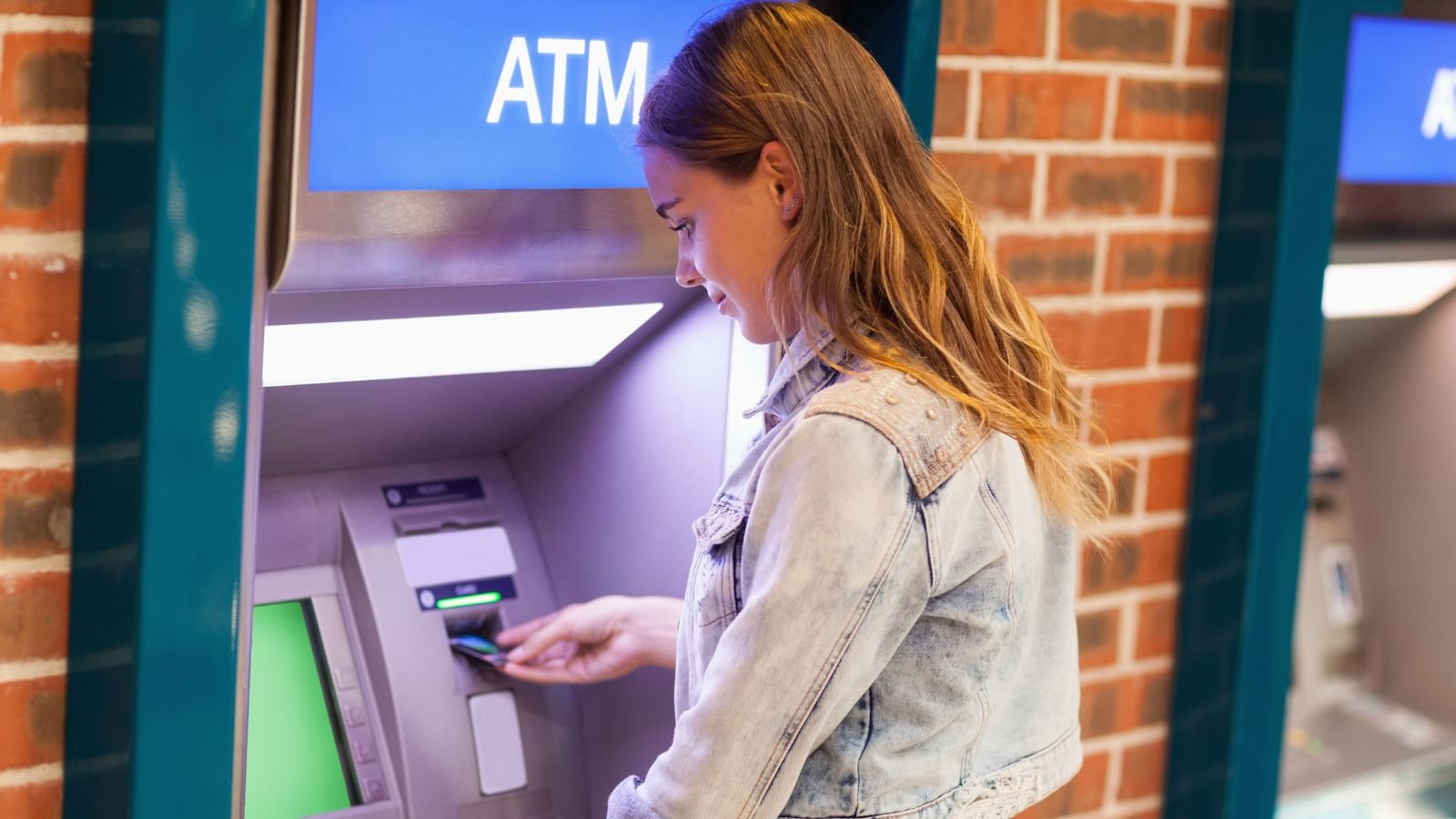
Observe how far your card goes inside the card slot. Most legitimate card readers only need a small portion of the card inserted. Skimmers often require the full card to pass through their reader. Be cautious if the slot seems unusually deep or your card disappears entirely. Compare the insertion depth to other machines you have recently used. Any significant difference could indicate the presence of an overlaid skimming device.
Look for Matching Components
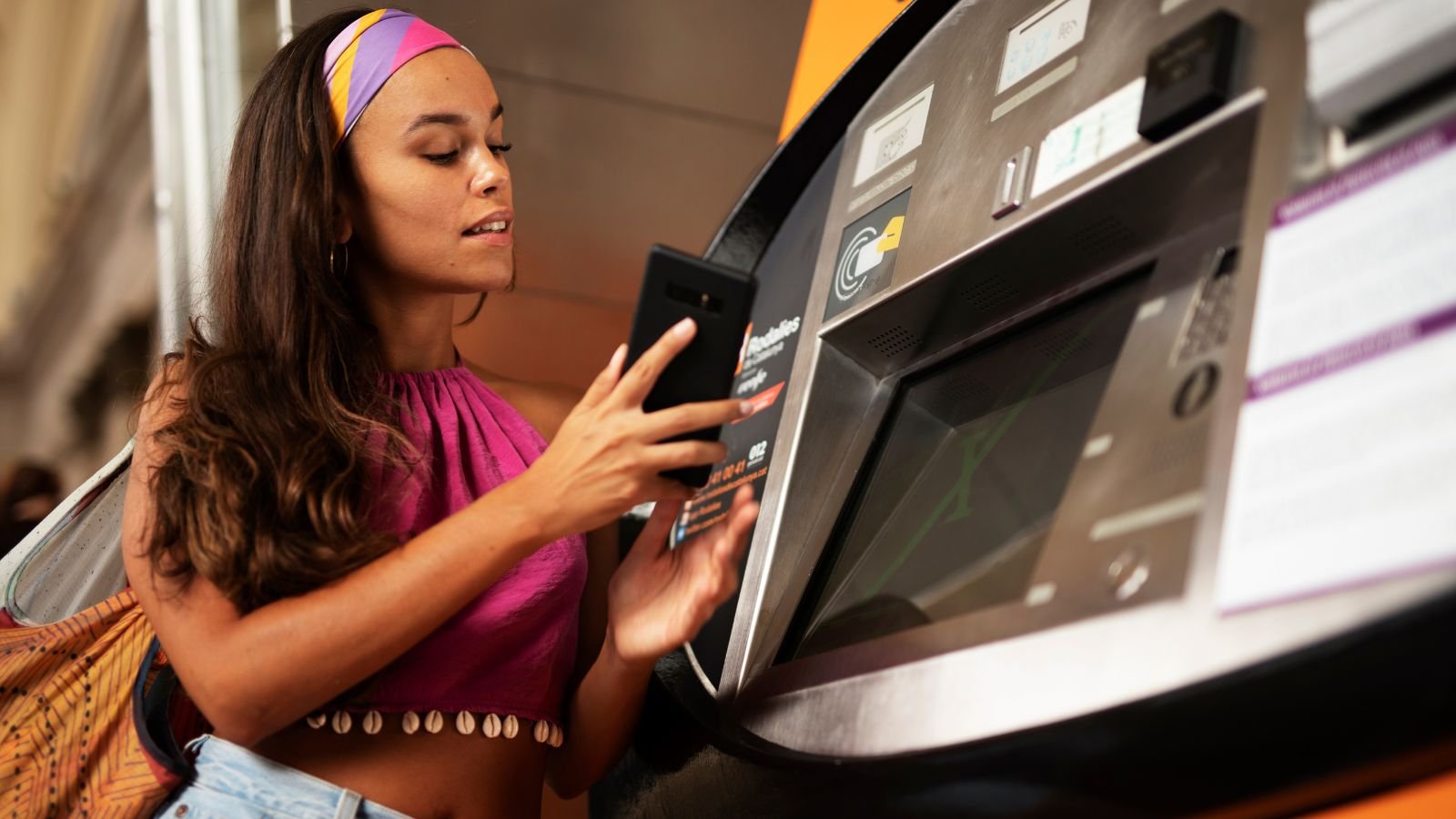
Ensure all parts of the ATM appear to be from the same manufacturer. Legitimate machines have a cohesive design with matching colors and materials. Skimmers often do not perfectly match the original hardware. Look for differences in color, texture, or overall style between components. Pay attention to phone consistency on labels and instructions. Mismatched elements could indicate that parts have been added or replaced by fraudsters.
Be Wary of Machines that Do Not Immediately Dispense Receipts
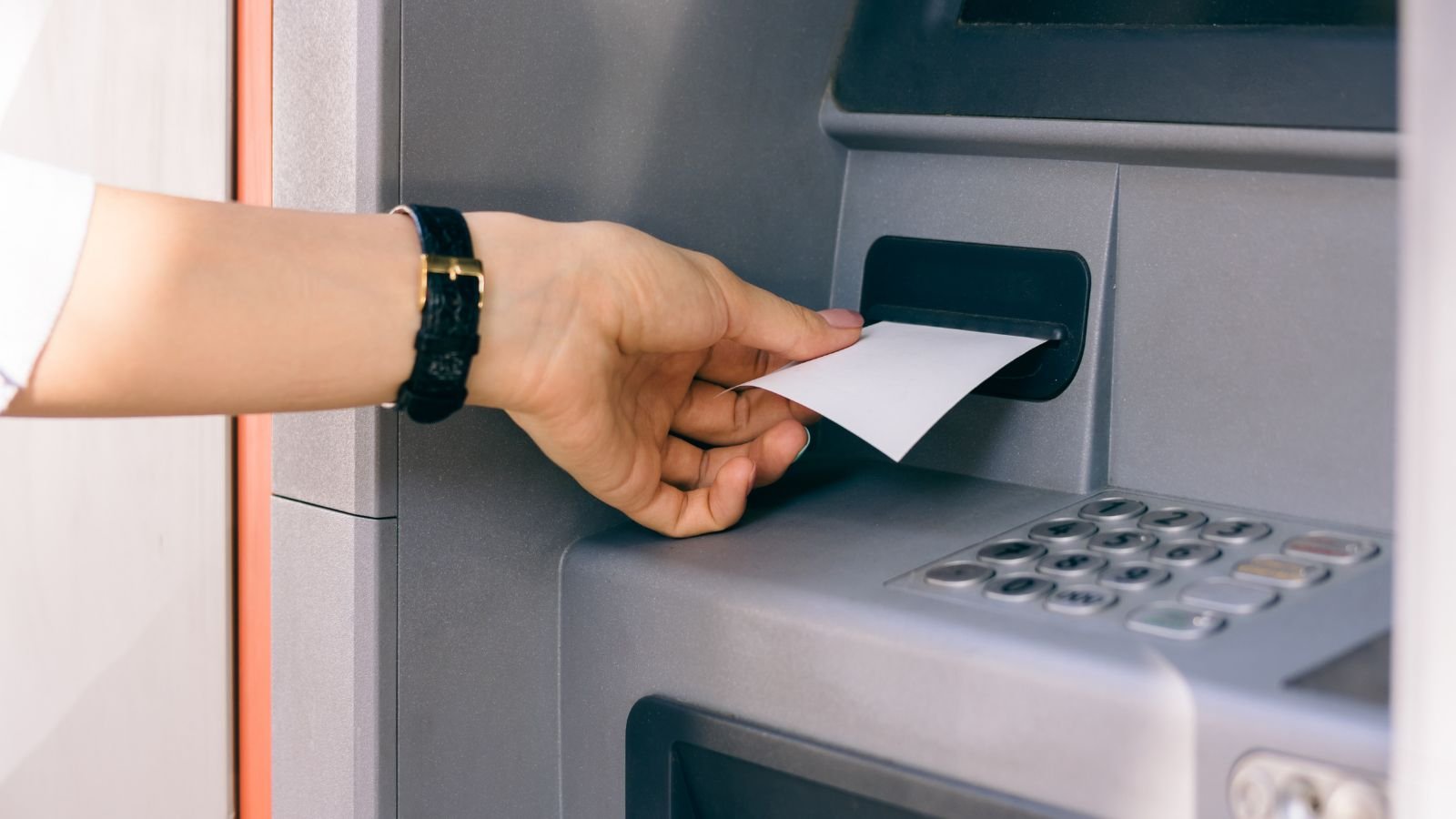
Pay attention to the timing of receipt dispensing. Most ATMs print receipts immediately after completing a transaction. Delays or cleaning the printer is out of order could be suspicious. Some skimmers interfere with normal machine operations. Be aware if the ATM behaves unusually during any part of the transaction. Consider canceling the transaction if possible and using a different machine. Report any significant operational issues to the bank or machine operator.
Check for Loose or Bulky Parts
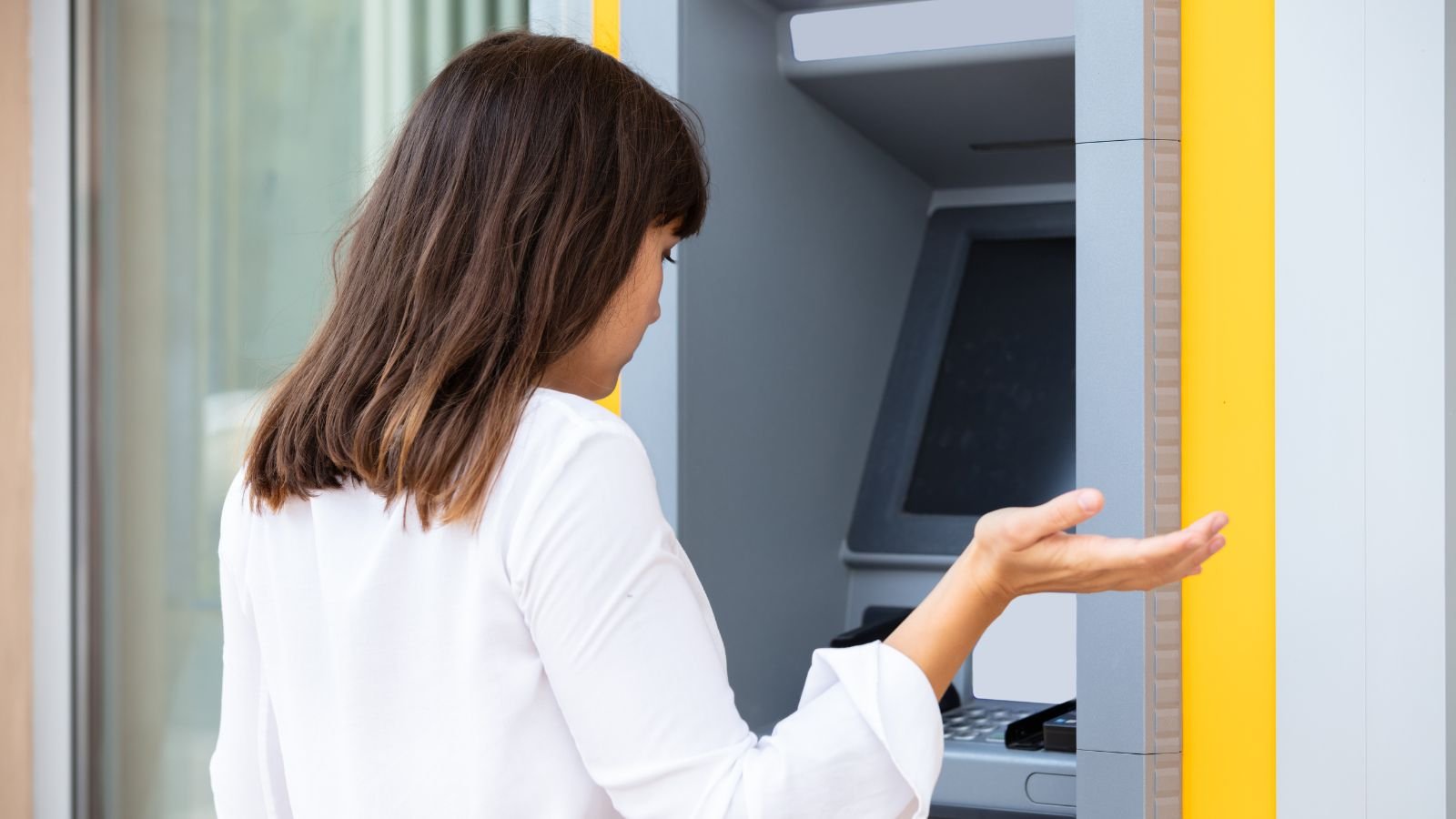
Carefully examine all components of the ATM for any loose or overly bulky parts. Legitimate machines are designed with tight tolerances and smooth surfaces. Skimmers are often at bulk or create gaps in the machine’s exterior. Gently test card readers, receipt printers, and other accessible parts for stability. Any wobbling or unexpected movement could indicate tempering. Be particularly alert for any parts that may seem to have been recently attached or modified.
Use Chip Readers Instead of Swipe
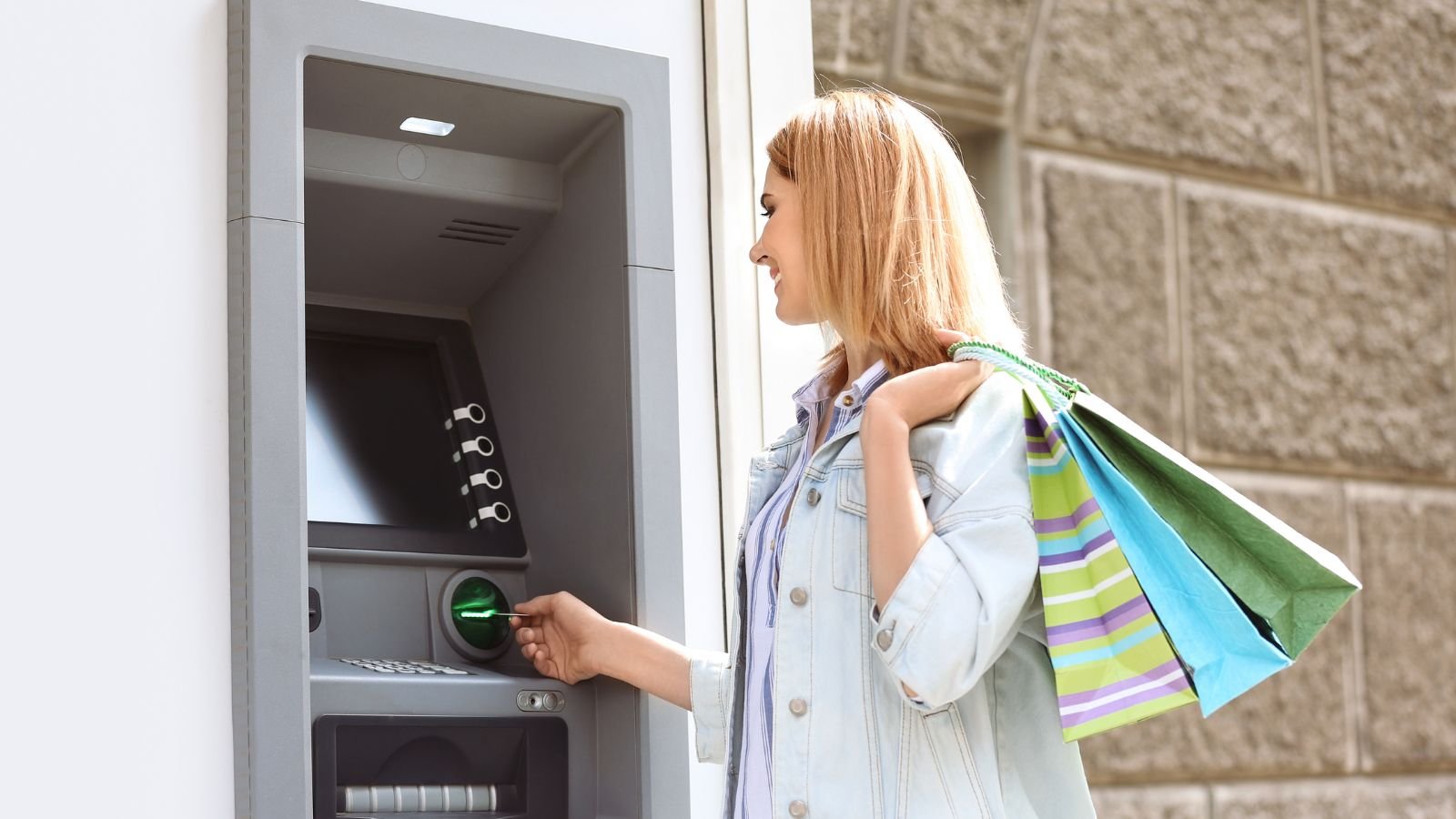
Whenever possible, use the cheap reader instead of swiping your card. Every transaction produces a different code whenever you are using the chip reader to pay. This makes data harder to store. Most modern cards have both chip and magnetic strip capabilities. If a machine claims the chip reader is broken, consider using a different ATM. Since 2019, a reduction of 76% in counterfeit fraud has been observed after the implementation of the chip technology. Be wary of any pressure to use the magnetic strip when a chip reader is present.
